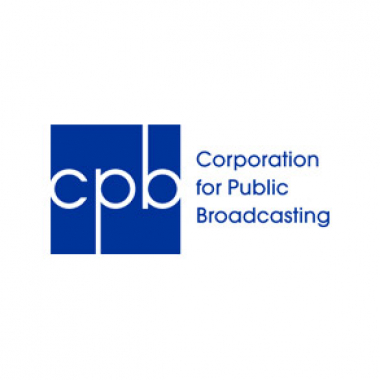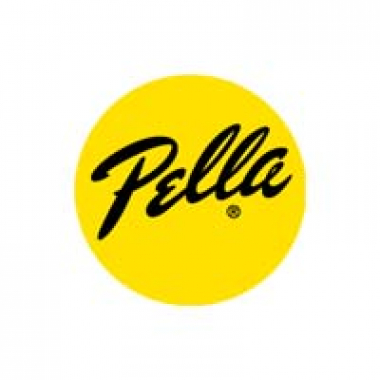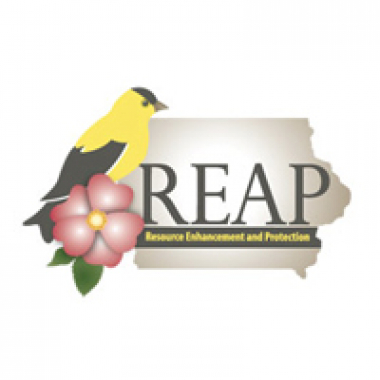Raw Milk Separation
Milk is collected from cows and, after a while, the milk forms two different and separated layers. They look somewhat similar but, when poured out, the layer on top is thicker than the layer below. In the example shown, the jar contains a thicker layer on top which is cream. The cream is made up of fat. The bottom layer is skimmed, water-like milk. Since fat less dense than skimmed milk, it separates and floats above the rest of the milk. If you were to shake the milk container, the two substances would combine again.
Iowa Core Standard
Make observations and measurements to identify materials based on their properties
Driving Question
- Why are there two different layers (or substances) in the container of milk?
Probing Questions
- What do you notice about the substances in the milk container?
- Do you think there are any differences between the substances?
- What do you think would happen if we shook the milk container?
Classroom Suggestions
Students could:
- Do another experiment based on how and why oil floats on top of water when they are mixed together. This will help students understand what is happening with the milk and could be an alternative if the teacher cannot find non-pasteurized or non-homogenized raw milk.
- Research milk and what it is made up of.
- Record observations of the milk before and after shaking up the milk container.
Resources
- Trucent | Skim, Cream, Butterfat, and Whey: A Process Overview of Milk Centrifugal Separation: This website gives information about how milk separates and how we speed up the process of separating cream from milk. It also gives a couple of good analytics about milk.
- Rocky Hedge Farm | Separating Cream from Raw Milk: This is a good informational website based on how you can actually use cream to make other dairy products. It also has a link that has specific locations where people can get/buy unpasteurized milk that will separate into cream, which can help if a teacher doesn't have access to it for a physical representation.
- PBS LearningMedia | Density and Separation of Materials | Outdoor Idaho: This is a lesson about density and how substances are separated which may help students have other examples.
- Hansen's Dairy: Cedar Falls, Iowa: This website is from a local business in Cedar Falls that sells cream line milk if a teacher wants to find milk to bring into the classroom that will have cream that separates from the milk. They also have information as well as giving out tours.
Contributors
Submitted by Noah Michels.
Funding for Iowa Science Phenomena Provided By









